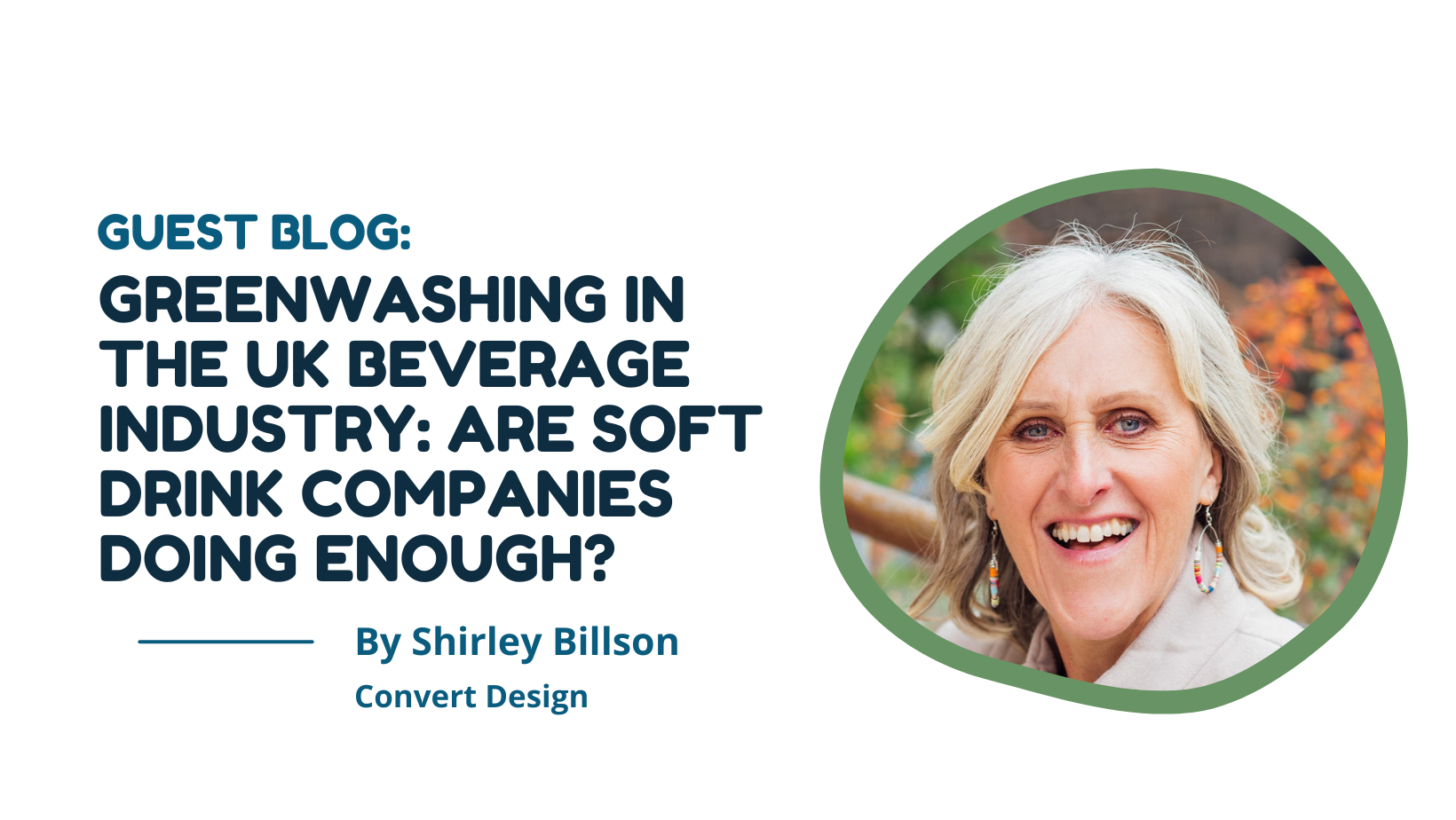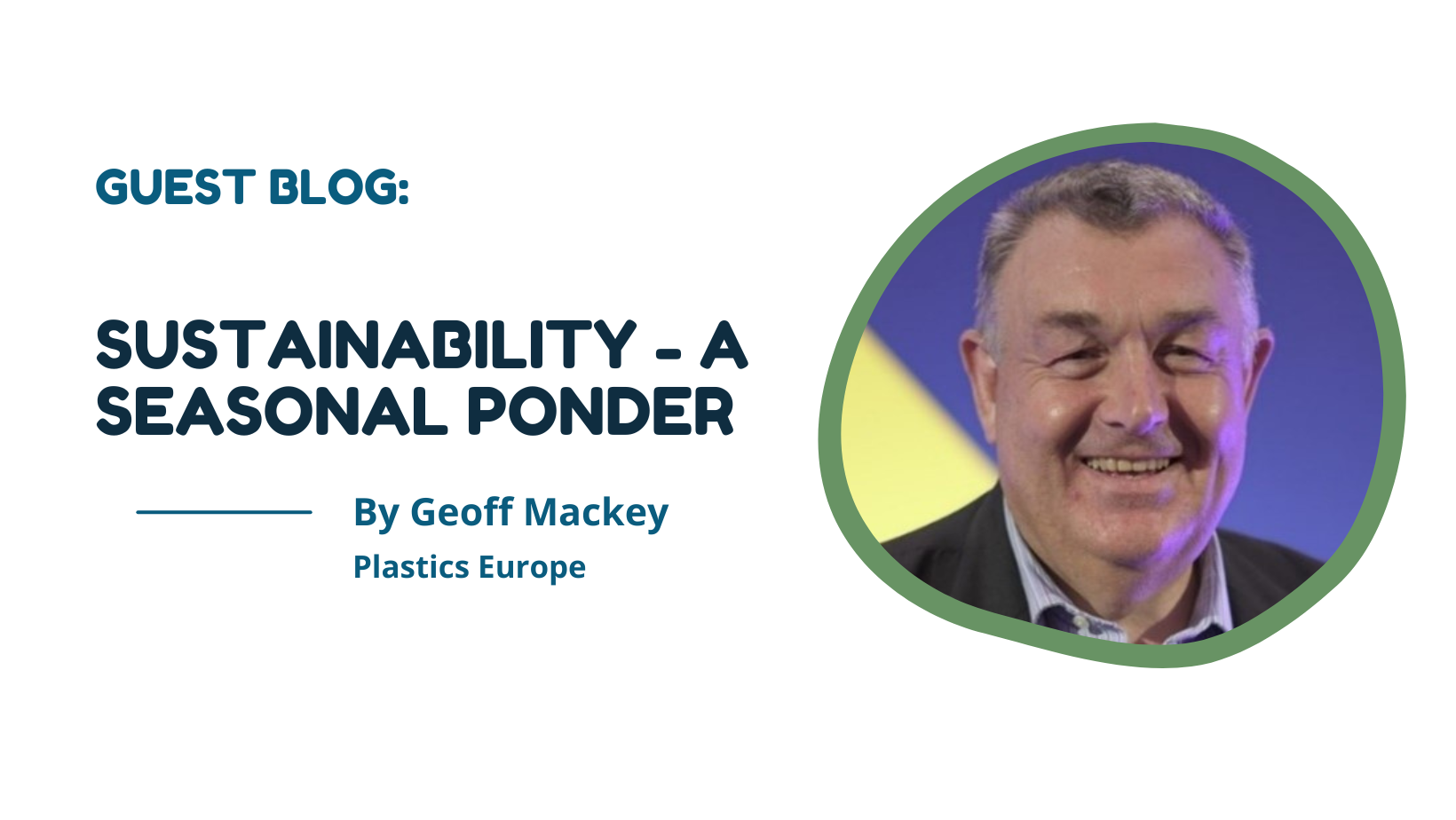Greenwashing in the UK Beverage Industry: Are Soft Drink Companies Doing Enough?
Greenwashing in the UK Beverage Industry: Are Soft Drink Companies Doing Enough?

Greenwashing. It’s a word that’s becoming increasingly familiar in the fight against climate change. As UK consumers grow more conscious of sustainability, companies have rushed to present themselves as environmentally responsible. But are these claims genuine, or is the soft drink industry just fizzing up a facade?
What is Greenwashing?
Greenwashing refers to companies overstating or fabricating their environmental efforts to appear more eco-friendly than they really are. For consumers, it creates confusion, making it harder to identify genuinely sustainable products. For the environment, it delays meaningful progress by masking real problems.
The UK’s soft drink giants are some of the biggest players when it comes to packaging. Millions of plastic bottles are produced every day, contributing to significant waste. While many brands have made public pledges to improve sustainability, a closer look reveals that not all of these claims hold water.
The ‘100% Recyclable’ Myth
One of the most common greenwashing tactics is labelling products as “100% recyclable.” Sounds impressive, right? But there’s a catch: recyclable doesn’t mean recycled. A recent report by Recoup on UK Household Plastic Packaging Collection revealed that although around 65% of plastic bottles in the UK are collected for recycling, rejection rates can be high – so a smaller fraction is turned into new bottles. Much of the rest ends up incinerated, exported, or in landfill.
When companies boast that their bottles are “fully recyclable” but fail to ensure these bottles are recycled, they’re shifting responsibility to consumers and recycling systems. It’s a claim that’s technically true but misleading in its implications.
Recycled Content: A Glass Half Full?
Another popular claim is the use of recycled content in bottles. Coca-Cola’s UK arm, for instance, proudly advertises that its bottles are made with “at least 25% recycled plastic” (rPET). While that’s a step in the right direction, it’s far from revolutionary. Under current UK guidelines, companies should be aiming for a minimum of 30% recycled content in packaging by 2025 to meet new tax incentives.
But why stop at 25% or 30%? Some smaller brands have demonstrated it’s possible to go much further, using 100% recycled plastic for their bottles. The soft drink giants, with their considerable resources, could do the same if they prioritised sustainability over cost savings.
Misleading Imagery and Buzzwords
Take a stroll down any UK supermarket aisle, and you’ll see bottles adorned with green leaves, blue skies, and cheerful slogans like “planet-friendly” or “sustainable choice.” But what do these phrases really mean? Often, they’re vague marketing ploys with no substantiated data behind them. Without clear definitions or third-party certifications, these terms become empty promises.
The Ownership Paradox: When Big Brands Own the “Good Guys”
Switching to a brand with eco-friendly credentials might feel like the right thing to do. After all, choosing a product marketed as sustainable or ethical should align with your values, right? But the reality is often more complicated. Many of these seemingly independent, “green” brands are actually owned by multinational corporations. Take Innocent Drinks, for example. Known for their quirky branding and environmental pledges, Innocent is wholly owned by Coca-Cola, a company with a substantial environmental footprint.
When you purchase from these “good” brands, a portion of your money often flows back to the parent corporation. This means the profits from your well-intentioned switch might still support business practices that conflict with the very principles you value. It’s a sobering reminder that true impact comes not just from individual purchases but from holding corporations accountable for their practices as a whole.
The Role of Deposit Return Schemes (DRS)
One way the UK soft drink industry could genuinely improve its environmental footprint is by fully supporting Deposit Return Schemes. DRS programs incentivise consumers to return used bottles by charging a small deposit refundable upon recycling. Such schemes have proven successful in countries like Germany, where recycling rates for beverage containers exceed 90%.
Scotland introduced the DRS scheme in 2023, and while England and Wales plan to follow suit in 2025, industry pushback has delayed implementation. Some companies argue it’s costly and inconvenient. However, critics see this resistance as further evidence of prioritising profit over planet.
How to Spot Genuine Sustainability Efforts
As consumers, we hold significant power to demand better. Here are some tips to differentiate real sustainability efforts from greenwashing:
1. Look for Transparency- Genuine companies will provide detailed information on their environmental initiatives, including measurable progress and goals.
2.Third-Party Certifications- Labels like “Carbon Trust” or “Recycled Content Certified” indicate independent verification.
3.Avoid Vague Terms- Words like “eco-friendly” or “sustainable” mean little without supporting evidence.
4.Support Proven Solutions- Choose brands that actively back initiatives like DRS or invest in reusable packaging.
Final Thoughts
While the UK’s soft drink industry has made some progress in addressing its environmental impact, greenwashing remains a fizzy problem. Companies must stop hiding behind clever marketing and start taking meaningful action. As responsible manufacturers and designers, we have the power to commit to higher standards and demand honest transparency from our customers and our value chains. As consumers, we have the power to push for change by holding brands accountable and supporting those genuinely committed to sustainability.
 Whilst plant pots are perhaps quite a niche area of plastics manufacturing, hundreds of millions each year find their way into households, and subsequently into the waste and recycling streams.
Whilst plant pots are perhaps quite a niche area of plastics manufacturing, hundreds of millions each year find their way into households, and subsequently into the waste and recycling streams.


 In recent years, the buzz around reducing plastic waste has hit fever pitch. Everywhere you look, from TV ads to government press releases, there’s a loud and clear message: plastic is the enemy, and recycling is our saviour. But hold on a second—let’s hit pause and dig a bit deeper. Is there real intent in the UK to swap virgin plastic for recycled plastic, especially when governments continue to pour massive subsidies into fossil fuels? Or is it all just a load of hot air designed to make us feel warm and fuzzy inside?
In recent years, the buzz around reducing plastic waste has hit fever pitch. Everywhere you look, from TV ads to government press releases, there’s a loud and clear message: plastic is the enemy, and recycling is our saviour. But hold on a second—let’s hit pause and dig a bit deeper. Is there real intent in the UK to swap virgin plastic for recycled plastic, especially when governments continue to pour massive subsidies into fossil fuels? Or is it all just a load of hot air designed to make us feel warm and fuzzy inside?